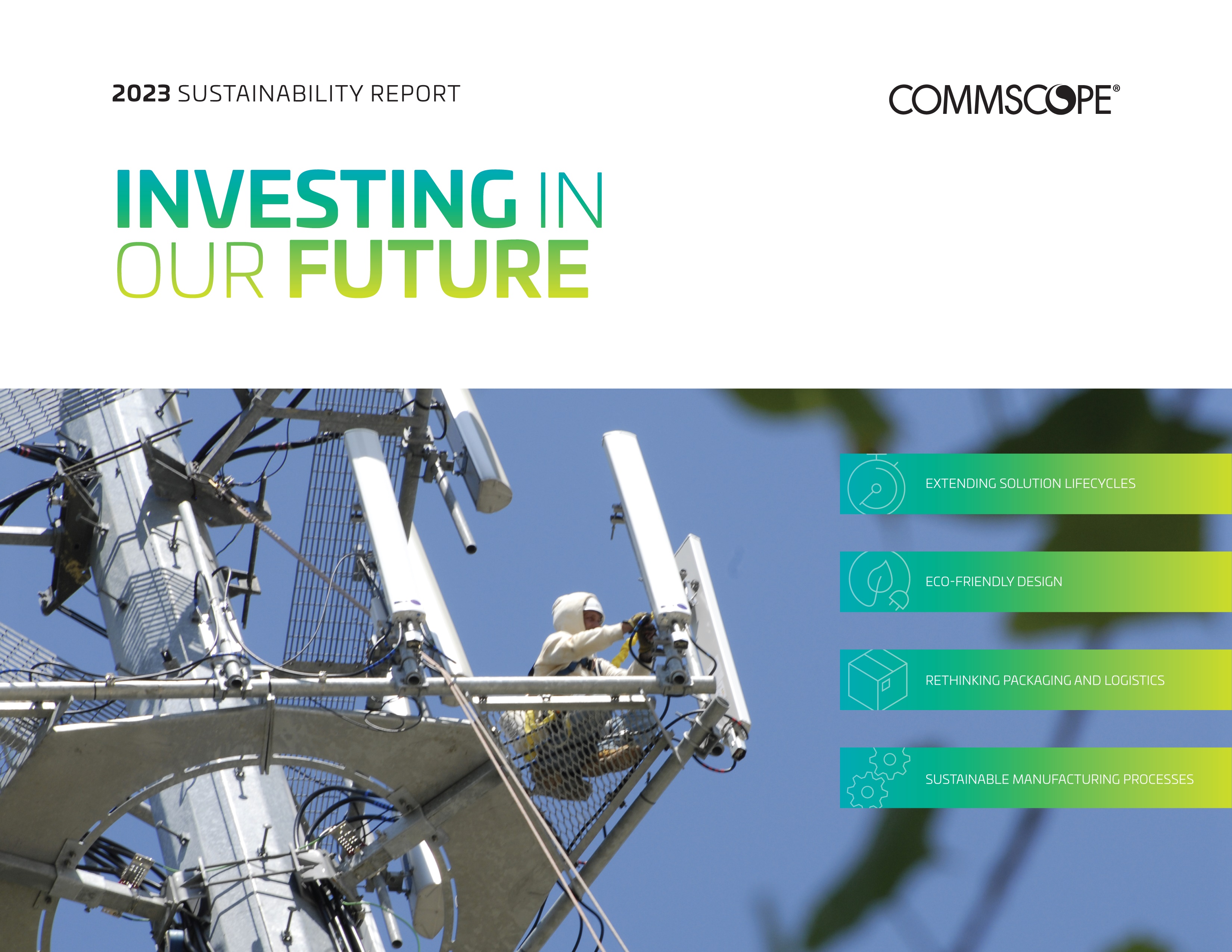
Ian Whiting, President
Ruckus Networks, an ARRIS Company
Wireless access and management came of age this year. And, there’s a lot on the agenda for Wi-Fi’s 20th anniversary.
What a year it’s been for Wi-Fi. The foundations of the technology advanced rapidly across access points, bandwidth, and network control and management.
- The debut of Wi-Fi 6 (802.11ax) served up a four-fold increase in capacity over its predecessor and vaulted the next generation topology into new use cases. Chief among them are environments where hundreds or thousands of people gather. In 2018, the average college student arrived on campus with six connected devices, according to ARRIS's 2018 Connectivity & Entertainment Index. Multiply that by thousands of students per year, and you quickly see why verticals like college campuses, hospitality, real-estate developments, and similar are among the strongest emerging segments for networks.
- The Citizens Broadband Radio Service (CBRS) enjoyed renewed relevance, with the FCC’s certification of the 3.5 GHz band’s use for additional unregulated applications, coupled with meaningful trials and a burgeoning device ecosystem. More than 30 trials were successfully completed this year, with a greater number expected in 2019. Interest is broad and deep, with trials completed for commercial real estate, multiple-dwelling units, shipping ports, large public venues, rail yards, mining and more.
- The debut of controller-managed unified networks significantly reduced capital expenses and operational costs for networks with high numbers of access points and switches. For the first time, IT departments can manage a unified network without the need for another network element or separate network management tool.
Looking forward, 2019 will lay similar foundations for myriad applications and operating models as Wi-Fi celebrates its 20th anniversary.
- Private LTE becomes a reality. Cellular technologies are evolving beyond wide-area LTE networks to shared-spectrum, local LTE (e.g., the CBRS band). Specifically, private LTE in the enterprise is compelling because it offers high-quality service, seamless mobility, greater range, and exceptionally secure connections.
- IoT reduces cost and complexity as it moves beyond silos. Today, IoT network creators face a complex ecosystem of fragmented standards, devices and services. Being able to build and manage networks from a single point is huge. The reduction in cost and complexity will spur even faster integration throughout the year.
- Network vendors that create the foundations for robust managed services will grow rapidly. The demand from service providers to outsource their IT infrastructure continues to grow.Managed service providers that can deliver resilient, high-performance networks will find eager customers among companies hesitant to build out enormous IT departments.
In 2019, it’s not father’s Wi-Fi anymore.













